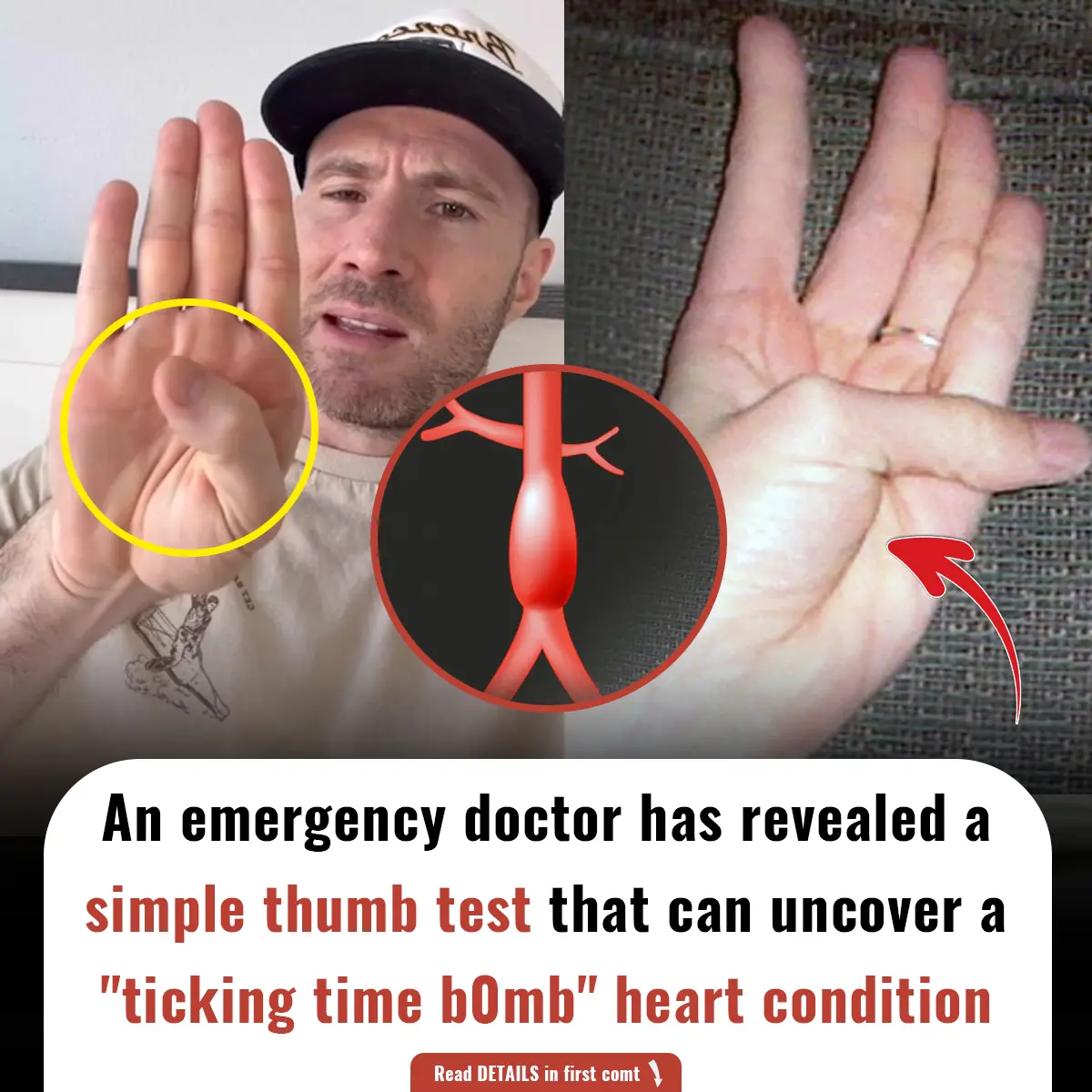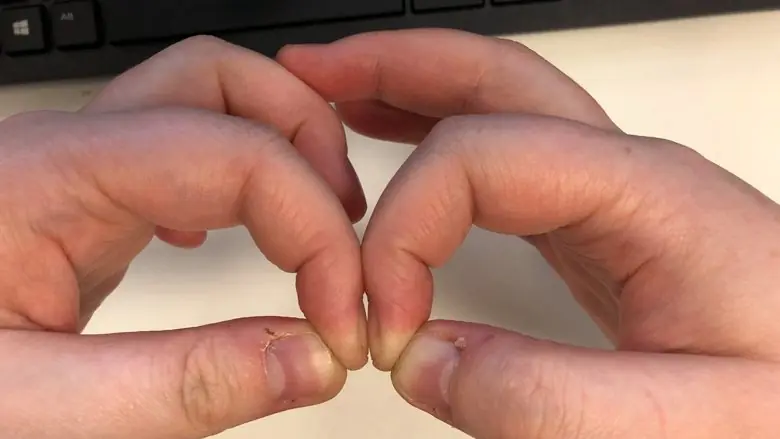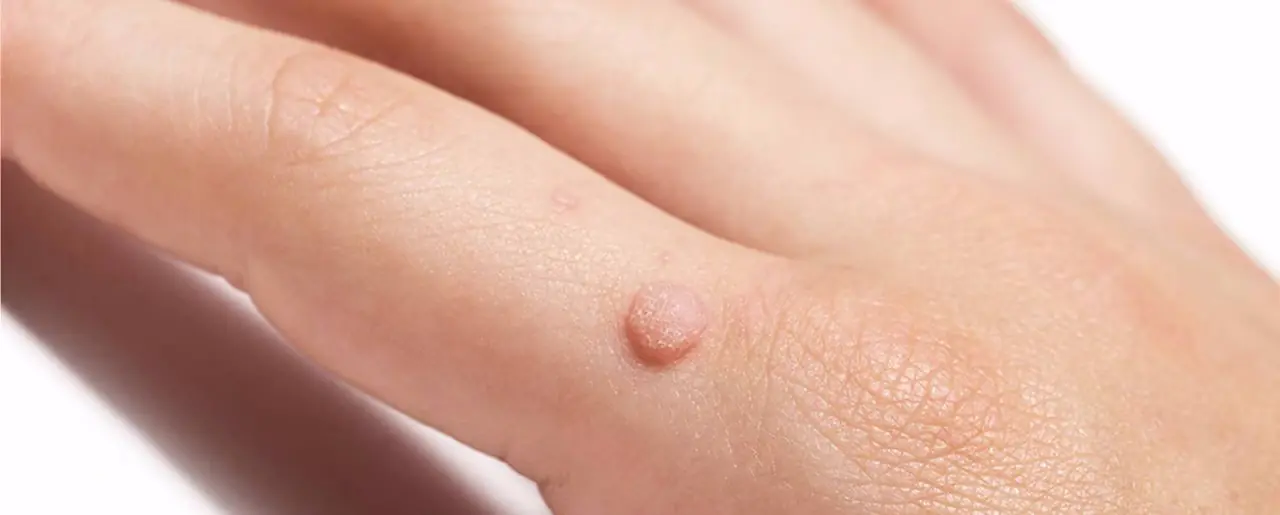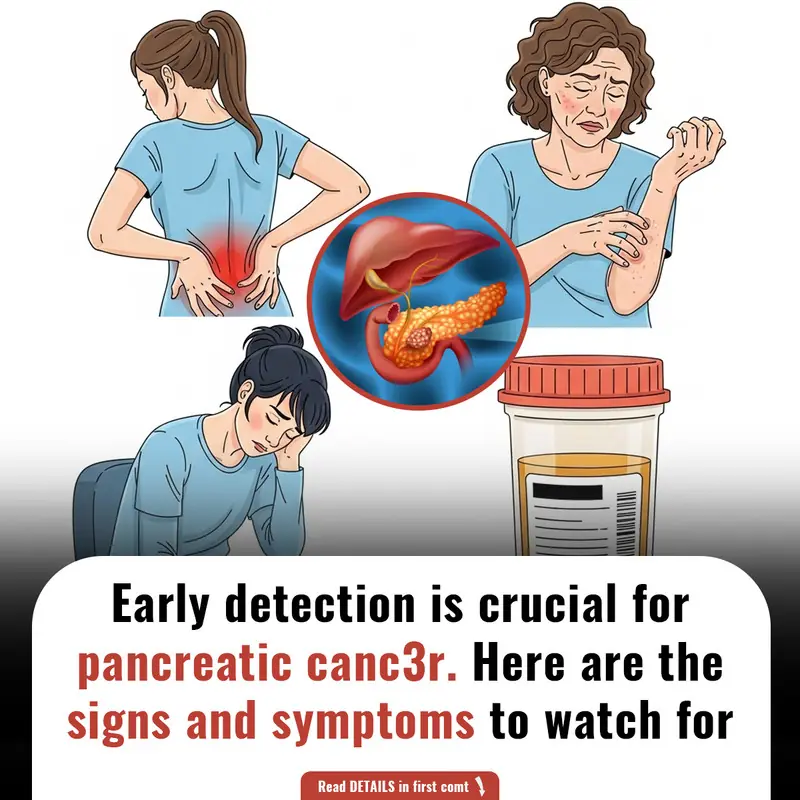
A doctor has revealed a simple thumb test that can uncover a "ticking time b0mb" heart condition
A simple thumb-stretch test could identify a dangerous heart condition—an aortic aneurysm—linked to potentially fatal outcomes. Learn how this quick test could save lives by flagging the risk early.
Simple Thumb Test Could Reveal Deadly Aortic Aneurysm Risk, Doctor Warns
An emergency doctor from California has brought attention to a one-minute DIY test that could potentially identify a life-threatening condition—the aortic aneurysm. Dr. Joe Whittington, an expert in emergency medicine, explains that by stretching your thumb across your wrist, you can detect a high risk of suffering from this potentially fatal condition.
An aortic aneurysm occurs when the aorta—the major artery that carries blood from the heart to the rest of the body—swells or bulges. If left untreated, it can rupture, leading to severe internal bleeding, which can be fatal unless emergency surgery is performed immediately.
Dr. Whittington demonstrated the test in a TikTok video, which has already garnered over 230,000 views. He instructed viewers: "Hold up your palm and try and stretch your thumb across as far as you can. Does it stop about there? Or does it extend past your palm like these? If it does, that’s a positive thumb-palm test."
If your thumb extends past the edge of your palm, this could indicate that your connective tissues are "very stretchy," suggesting that the same flexibility might be affecting the tissues in your arteries, making them more likely to swell or bulge.
Dr. Whittington cited a 2021 study published in the American Journal of Cardiology, which found that 60% of patients with known aortic aneurysms tested positive for the thumb-palm stretch.
How to Perform the Thumb-Palm Test
To conduct the test, simply hold your hand up as if signaling someone to stop (1). With your palm flat, stretch your thumb as far across as you can, towards your little finger (2). If your thumb reaches the middle of your palm, that’s considered normal. However, if it stretches past the edge of your hand (3), it could indicate a risk of an aortic aneurysm, according to researchers.
How the Thumb Test Could Save Lives
The study, which involved 305 patients undergoing cardiac surgery, focused on the thumb-palm test’s effectiveness in identifying those at risk for an aortic aneurysm. While the majority of aneurysm patients did not show a positive thumb-palm result, those who did had a significantly higher likelihood of having an aneurysm.
It’s estimated that around 5,000 people in the UK die each year due to aorta-related issues, with aneurysms and dissections being the leading causes. While many aneurysms remain undiagnosed until they rupture, doctors can sometimes identify them during routine tests and offer preventive treatments, such as blood pressure medication, to avoid complications.
For those with positive test results, Dr. Whittington advises not to panic but to bring it up with a doctor for further evaluation, especially if there are any symptoms of connective tissue disorders.
What Is an Aortic Aneurysm?
An aortic aneurysm occurs when there is a bulging in the wall of the aorta, which can weaken the artery and increase the risk of rupture. Aortic aneurysms can be difficult to detect, as many people experience no symptoms until the condition becomes severe.
In the case of a rupture, the consequences are severe. Aortic rupture can lead to massive internal bleeding, which is often fatal unless treated immediately with emergency surgery. Early detection is crucial in preventing this from happening.
The Link Between Aortic Aneurysms and Connective Tissue Disorders
Several connective tissue disorders are linked to a higher risk of aortic aneurysms. These disorders cause abnormal stretching or weakness in the body’s connective tissues, which can impact the aorta and other blood vessels. Some of the most common disorders related to aortic aneurysms include:
-
Marfan Syndrome: A genetic condition affecting connective tissue, which can lead to an increased risk of aortic dissection—a tear or rupture in the layers of the aortic wall. People with Marfan syndrome are up to 250 times more likely to experience an aortic dissection than the general population.
-
Ehlers-Danlos Syndrome (EDS): A group of inherited disorders that affect the skin, joints, and blood vessels, increasing the risk of arterial problems such as aneurysms.
-
Loeys-Dietz Syndrome: A rare connective tissue disorder that causes problems with the blood vessels, often resulting in the enlargement of the aorta, leading to a higher risk of dissection or rupture.
How the Thumb-Palm Test Can Help Spot These Disorders
The thumb-palm test is a simple, non-invasive method to potentially flag individuals with underlying connective tissue disorders that may increase the risk of an aortic aneurysm. While this test is not definitive, it provides a clue that could lead to further medical investigation.
Dr. Whittington emphasized that individuals with a positive thumb-palm test should not immediately jump to conclusions but should consult a healthcare provider who can evaluate their risk further. A positive result could be a sign of a connective tissue disorder like Marfan syndrome or Ehlers-Danlos syndrome, which requires medical attention and monitoring.
Aortic Aneurysm Symptoms and Treatment
Aortic aneurysms often go unnoticed until they rupture. However, some people do experience symptoms before a rupture occurs, including:
-
Chest, neck, or back pain
-
Swelling of the neck, arms, or head
-
Coughing, wheezing, or shortness of breath
-
Coughing up blood
If any of these symptoms occur, it is important to seek medical attention immediately. Doctors may use imaging techniques, such as an ultrasound or CT scan, to diagnose an aortic aneurysm. If an aneurysm is found, treatment options may include lifestyle changes, blood pressure medication, and, in some cases, surgery to prevent rupture.
Early Detection Can Save Lives
The thumb-palm test offers a quick, simple way to assess the risk of an aortic aneurysm, especially in those with underlying connective tissue disorders. While the test alone cannot diagnose the condition, it can serve as an early warning sign and prompt further medical evaluation. If you experience any symptoms associated with an aneurysm or have concerns about your risk, it is essential to consult a doctor for further testing and advice.
Early detection of an aortic aneurysm can significantly reduce the risk of rupture and improve outcomes, potentially saving lives. The thumb-palm test may be a small step, but it could have life-changing implications for those at risk.
News in the same category


8 Simple Yet Highly Effective Tips to Stop Snoring

Is It Necessary to Unplug Your Washing Machine After Use

The Hidden Costs of Frost Accumulation in Your Refrigerator: Understanding the Energy Drai

🍎 Why Do Imported Apples Stay Fresh for a Month Without Spoiling?

Top 3 Seat Positions with the Highest Survival Rates in Aviation Emergencie

Simple Finger Test Could Reveal Early Signs of Lung C@ncer and Other Health Issues
A simple finger test, known as the Schamroth window test, can help detect signs of lung c@ncer and other health conditions, including heart problems. Learn how to perform this easy test at home.

Start Your Day Right: 5 Foods That Safeguard Your Kidneys and Reduce Uric Acid

The Ultimate Health Blend: Honey, Cinnamon, Turmeric, Apple Cider Vinegar, and Chia Seeds for Better Health
Discover the powerful benefits of honey, cinnamon, turmeric, apple cider vinegar, and chia seeds. Learn how this natural blend can improve digestion, stabilize blood sugar, and enhance bone and heart health.

Revolutionary C@ncer Treatment: Doctors Target Tumors Without Chemotherapy

Why Your Underwear Gets Bleach-Like Stains: Gynecologist Explains the Causes and What It Means for Your Health
Discover why your underwear may have bleach-like stains and why it's completely normal. A gynecologist explains the role of vag!nal discharge and how it can affect your underwear fabric. Learn when to be concerned and how to maintain vag!nal health.

12 Effective Ways to Remove a Wart on Your Finger
Discover effective methods for removing warts on your fingers, from at-home remedies like salicylic acid and duct tape to professional treatments. Learn how to identify, treat, and prevent warts with expert advice.

5 Household Items That Harbor Formaldehyde: Hidden Cancer Risks Lurking in Your Home

Air Conditioner Efficiency: Continuous Use vs. Frequent Switching

What Homebuyers Need to Know: 5 Locations to Avoid When Buying Property

Don't plant these 5 trees indoors: The more they thrive the more they're believe to drain human energy, attracting constant bad luck

Snakes are incredibly attracted to these three plants: If you want to ensure your home is safe, you should clear them away without delay

What happens if you consume prawn black veins and what's the best way to remove them?

Silent Signals: Recognizing the Subtle Symptoms of Pancreatic C@ncer

36-Year-Old Teacher Passed Away From Diabetes Doctors Say Was Triggered By Everyday Foods
Diabetes is a dangerous condition with numerous complications, and diet is a key factor.
News Post

The Flowers that Kept Us Apart: A Love Story Decades in the Making
A woman embarks on a journey to find out the truth behind mysterious flowers sent to her every year, only to uncover a love story that had been hidden for 20 years.

I Found My Husband's Secret Conversations With Another Woman – And What He Told Me Br0ke My Heart
A wife discovers her husband's secret texts with a woman he met at a strip club. What seemed like innocent conversations quickly turns into an affair, and now she has to decide if she can ever trust him again.

Weight Loss Drink: Consume These 2 Herbal Drinks To Detox and Lose Weight Naturally
These two natural detox drinks-Spiced Lemon-Honey Drink and Cumin Water-are simple yet powerful remedies for boosting metabolism, improving digestion, and reducing belly fat.

How to Choose the Sweetest Pineapple: Long Leaves or Short?

Abandoned Child, Heartbre@king Note, and the Sh0cking Truth Behind a Family's Dark Secret
When a woman discovers an abandoned child with a mysterious note, she’s thrust into a tangled web of secrets, betrayal, and an inheritance that changes everything. Dive into this captivating story of hidden truths and the love that saves a life.

8 Simple Yet Highly Effective Tips to Stop Snoring

Is It Necessary to Unplug Your Washing Machine After Use

4 Natural Potato Remedies to Fade Dark Spots and Achieve Even Skin Tone
Potatoes are a natural and effective solution for treating dark spots, pigmentation, and uneven skin tone.

The Hidden Costs of Frost Accumulation in Your Refrigerator: Understanding the Energy Drai

Homemade Vitamin C Serum: DIY Recipe for Clear, Glowing, and Ageless Skin
A homemade Vitamin C serum is a natural, affordable, and effective way to achieve radiant, youthful skin.

🍎 Why Do Imported Apples Stay Fresh for a Month Without Spoiling?

The Story of Hannelore Kaufmann: A Child’s Innocence and the Red Tricycle Lost in Time
Hannelore Kaufmann, a young girl from Berlin, lived a life full of joy and innocence before the horrors of war stole everything. Her story is a poignant reminder of the children lost in the Holocaust, their laughter, dreams, and lives taken too soon.

Top 3 Seat Positions with the Highest Survival Rates in Aviation Emergencie

The Miraculous Survival of Vesna Vulović: The Highest Fall Without a Parachute
On January 26, 1972, Vesna Vulović survived the world’s highest fall from an airplane, setting a Guinness World Record. Discover the extraordinary story of her survival and resilience.

From Orphanage Walls to Global Icon: The Unstoppable Rise of Coco Chanel
Discover the inspiring true story of Coco Chanel, the legendary fashion designer who, shaped by an orphanage childhood, defied expectations to revolutionize women's style and build an empire on her own terms.

A Joyful Reunion: Emma and Molly the Terrier’s Heartwarming Homecoming
Emma reunites with her lost terrier Molly, turning tears to joy. See their heartwarming story! ❤️🐶

Dr. Maria Montessori: The Woman Who Revolutionized Education and Healing
Long before holistic health became popular, Dr. Maria Montessori blended education, medicine, and emotional well-being, teaching us that true healing begins with connection and understanding.

A First-Class Heart: How a Delta Flight Leader Showed True Compassion
Witness the incredibly moving story of Jeffery Jones, a Delta Flight Leader, whose extraordinary kindness to a passenger with Parkinson's disease transformed a routine flight into a powerful lesson in human compassion and care.

From Stray to Beloved: Xiaobai’s Heartwarming Rescue Story
A tiny stray puppy, Xiaobai, is rescued and loved, starting a new life. See his heartwarming story! ❤️🐶

Simple Finger Test Could Reveal Early Signs of Lung C@ncer and Other Health Issues
A simple finger test, known as the Schamroth window test, can help detect signs of lung c@ncer and other health conditions, including heart problems. Learn how to perform this easy test at home.